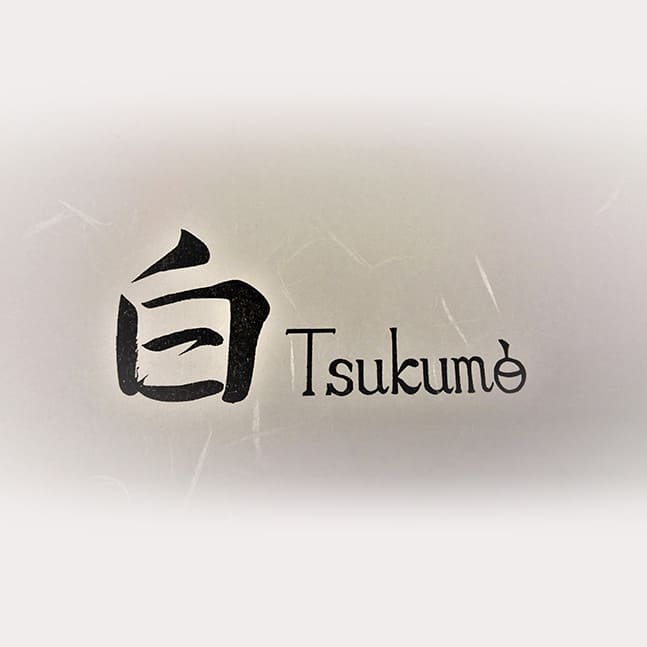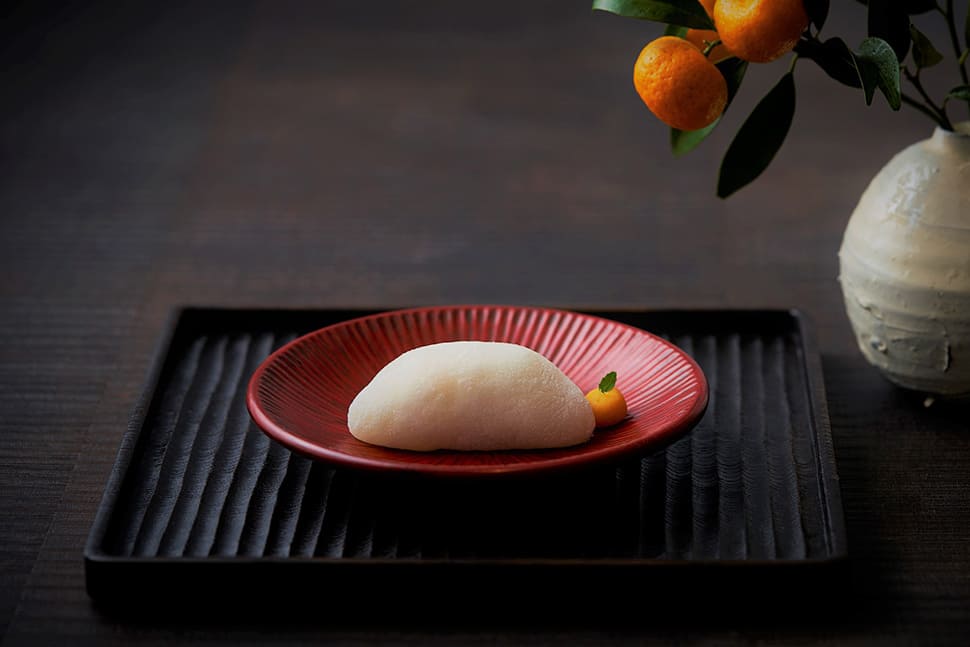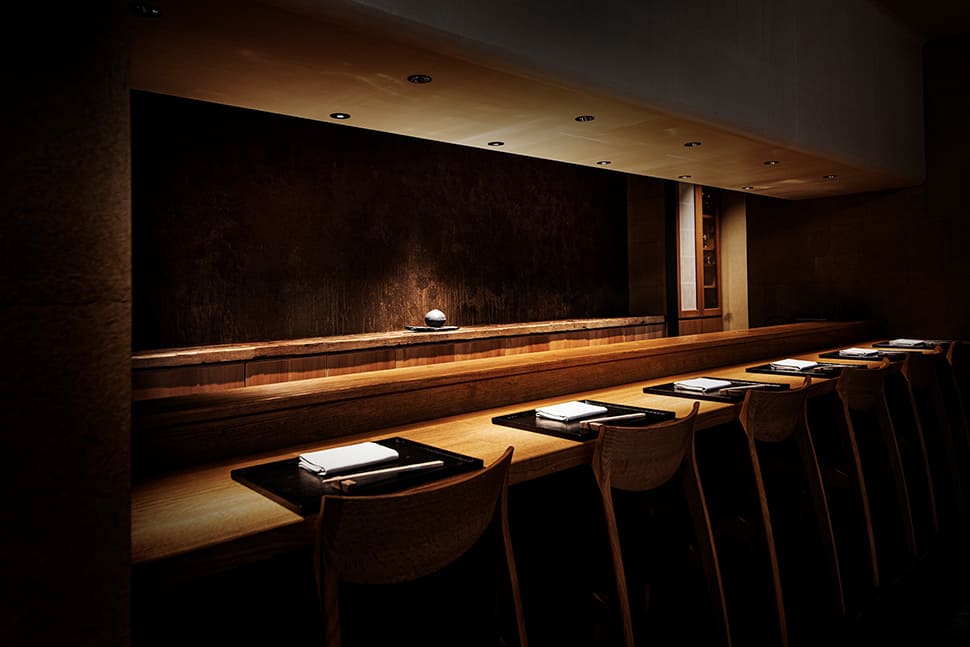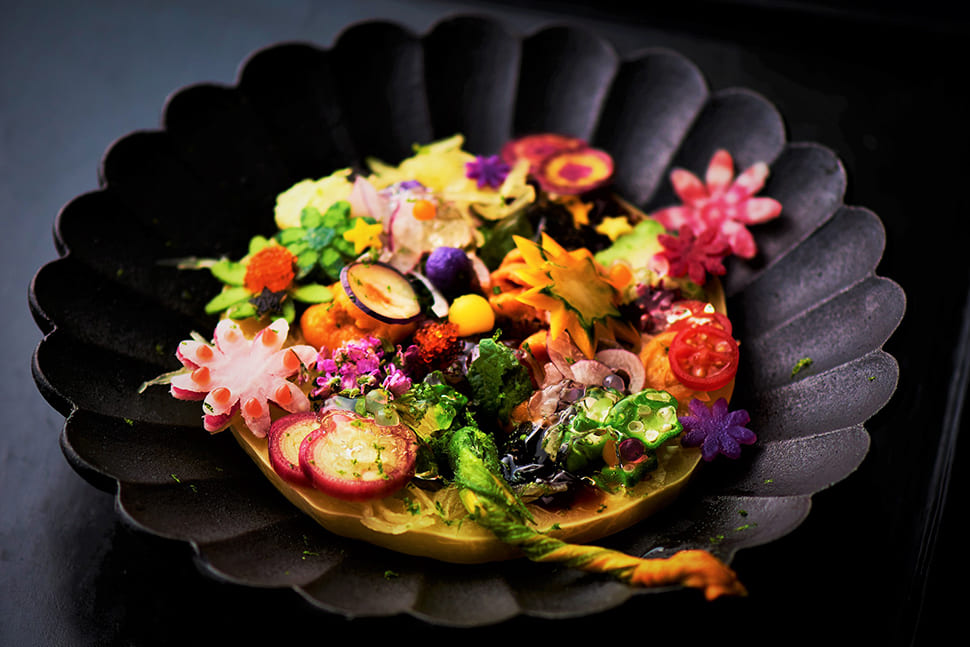DESTINATION RESTAURANTS
June 20, 2023
Tsukumo
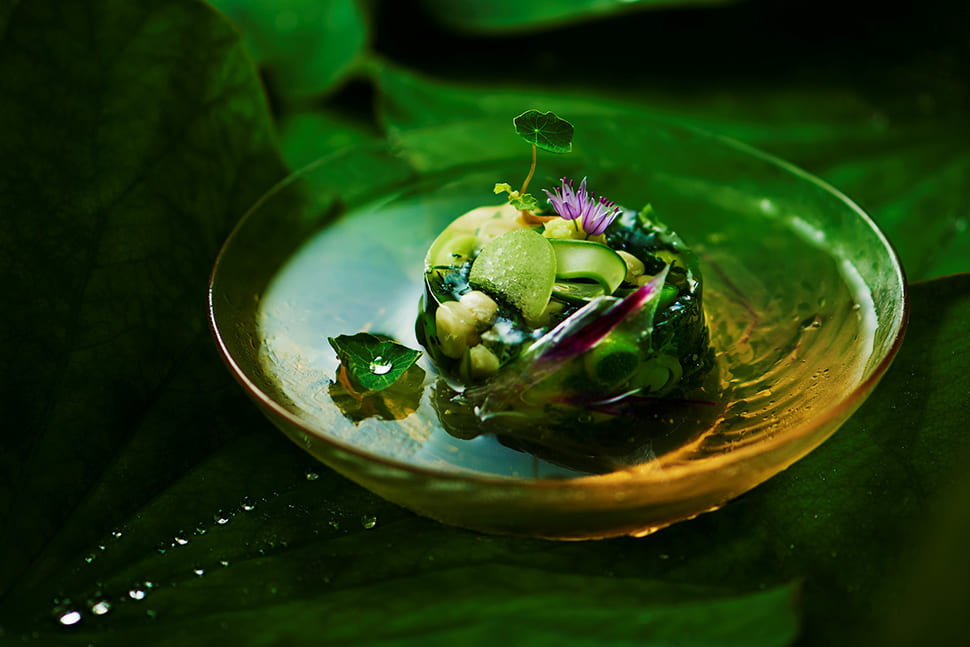
Although the Kansai region has many famous restaurants serving Japanese cuisine, mainly in and around Kyoto and Osaka, for a long time nearby Nara Prefecture unfortunately lacked a reputation for fine dining. That started to change about 20 years ago, however, and the past decade has seen an increase in establishments serving world-class dishes. As a result, there has been a gradual decrease in “foodies” who sightsee in Nara but then proceed to Kyoto for dinner and lodging, and a corresponding increase in visitors who spend substantial sums of money in Nara.
A driving force in this trend is the Japanese restaurant Tsukumo, which opened near Nara Station in 2015 and relocated in 2021. Its current site is a 30-minute walk from the station and 25 minutes from Kintetsu Nara Station. While a taxi will take you there in about 10 minutes, a leisurely stroll is recommended, as the area is home to many of the most outstanding sightseeing attractions in Nara — or rather, the entire country — including the World Heritage sites Gangoji and Todaiji temples and Kasuga-taisha Shrine, as well as the Nara National Museum. Nara, the ancient capital and a large metropolis as early as the seventh century — earlier than even Kyoto — is also a delightful walking city with abundant greenery.
Located on a corner of Naramachi-dori, a street lined with traditional houses, some dating back to the Edo Period, Tsukumo is a detached structure brimming with the aesthetic sensibility of chef Masato Nishihara, who has a deep love for traditional Japanese culture. For the relocation and renewal, Nishihara built the house from scratch with a wealth of carefully selected materials — constructing the roof with tiles from an old temple, for example, and paving the walkway partly with large mortar stones. The restaurant, which has seven counter seats, four table seats and one private room, is run by Nishihara together with okami (proprietress) Tomoko Nishihara and a small kitchen staff. The omakase set menu, priced anywhere from ¥25,000 to ¥35,000 ($170 to $240) for both lunch and dinner depending on the ingredients purchased that day, is based on changing monthly themes.
During our visit in November, the themes were “The 75th Exhibition of Shosoin Treasures,” named for a show at the Nara National Museum, and “The 1,300th Anniversary of the Death of O no Yasumaro,” editor of the “Kojiki,” the oldest extant history of Japan. The succession of dishes was not only delicious and visually beautiful, but also richly evocative of Nara’s history. One was chirashi-zushi (seafood and other ingredients on a bed of rice) artfully arranged to resemble the bronze mirror inlaid with mother-of-pearl that was a highlight of the Shosoin exhibition.
Nishihara honed his craft at Japanese restaurants in New York and London as well as Japan, acquiring an international sensibility along the way. “As we can see from the treasures stored in Shosoin,” he said, “Nara is an international city that gathered objects from overseas via the Silk Road since ancient times. I really enjoy creating dishes that combine these elements with the adventure and romance of encounters between ancient and modern. Through my cuisine, I hope to transmit the culture of Nara Prefecture, and all of Japan, to the next generation.”
At many traditional Japanese restaurants — including Kyoto Kitcho Arashiyama, where Nishihara started training the day after high school graduation and worked for a decade — apprentices have learned not only about cuisine and serving vessels, but about Japanese traditional culture as a whole, including the tea ceremony, calligraphy and flower arrangement. With the continuing decline in the number of traditional restaurants, the work of chefs like Nishihara has become especially significant.
■Sustainable Japan Magazine (Sustainable Japan by The Japan Times)
https://sustainable.japantimes.com/magazine/vol32/32-03

